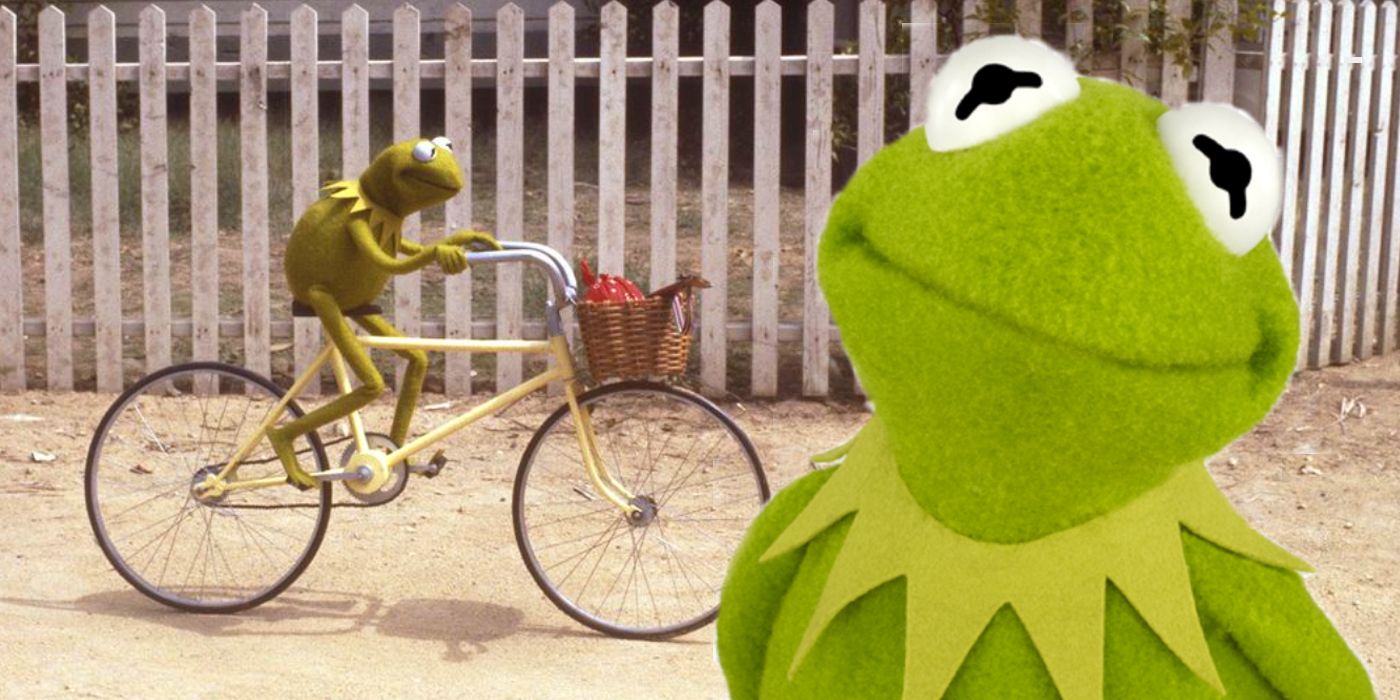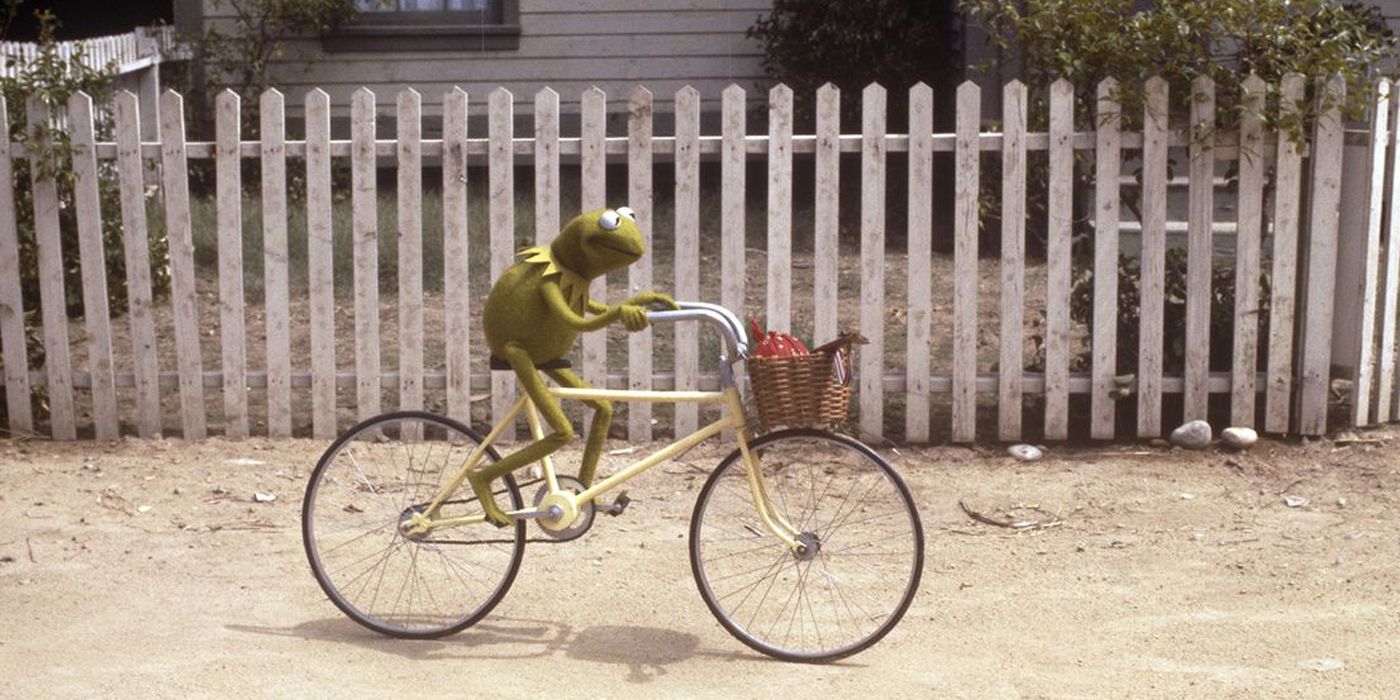The Muppet Movie is known for its innovative use of puppetry, but one of its most iconic images is the impressive shot of Kermit the Frog riding a bicycle. It was the first Muppet project to receive a theatrical release and reflects years of character set up and development. The Muppet Show became a surprising hit in first-run syndication in the US, and studios' confidence in the wacky characters grew considerably as a result. As a result, creator Jim Henson ended The Muppet Show after season 5 so he could shift his creative ambitions to a new medium: feature films.
Never one to hold back from an opportunity to make art, Henson used his newly acquired clout to produce The Muppet Movie. Though the Muppets had only been seen in short-form sketches and TV segments so far, the film would elevate the characters and raise the stakes of their stories. It took Kermit and friends beyond their home theater and into the real world, telling a story within a story about how the Muppets got their in-universe start. It took Kermit and the gang on a cross-country trip to Hollywood, with plenty of celebrity cameos, surreal humor, and original Muppet music along the way.
Story-wise, The Muppet Movie pushed the boundaries of what could be done with the Muppets on-screen, and this innovative spirit was applied to its technical aspects. Using their higher budget allowance, Jim Henson and director James Frawley experimented with how the art of puppetry itself could manifest on film, leading to some impressive cinematic illusions. The full-body shots of Kermit riding a bicycle remain particularly stunning to this day, despite the film being over 40 years old. The practical effect proved so popular that similar shots were repeated in later Muppet titles.
To accomplish this effect, filmmakers used a clever combination of camera tricks and novel puppet design. For the wide shots, a full-bodied Kermit puppet was built and fit onto a scaled-down Schwinn bicycle. Kermit was posed on the bicycle seat, with his hands and feet on the handlebars and pedals, respectively. The unique Muppet was then put on invisible wires which allowed special effects supervisor Robbie Knott to operate it from a crane hidden from the camera's view, much like a marionette. In close-ups, Jim Henson used a hand puppet of Kermit, which he operated from below the camera while riding a low-rolling dolley. The final film rapidly cut between the two shots, increasing the effect's believability. The result was striking, as the scene was the first in the movie to show a Muppet firmly in the real, human world.
The Muppet Movie was not the first time the Muppets crew tested the limits of puppetry, nor would it be the last since fascinating practical effects can be found throughout the Henson catalogue. The earlier television special Emmett Otter's Jug Band Christmas featured remote-controlled Muppets rowing their own boat in a real body of water. The Muppet Movie's sequel, The Great Muppet Caper, expanded the bike effect to include a group of Muppets riding bikes in tandem. Even later on, The Jim Henson Company experimented with digital puppetry which allowed puppeteers to animate CGI or animatronic characters in real-time. Puppetry is often thought to be a childish, "lower" art form, but the Muppets have consistently disproved this assumption through their innovations.


